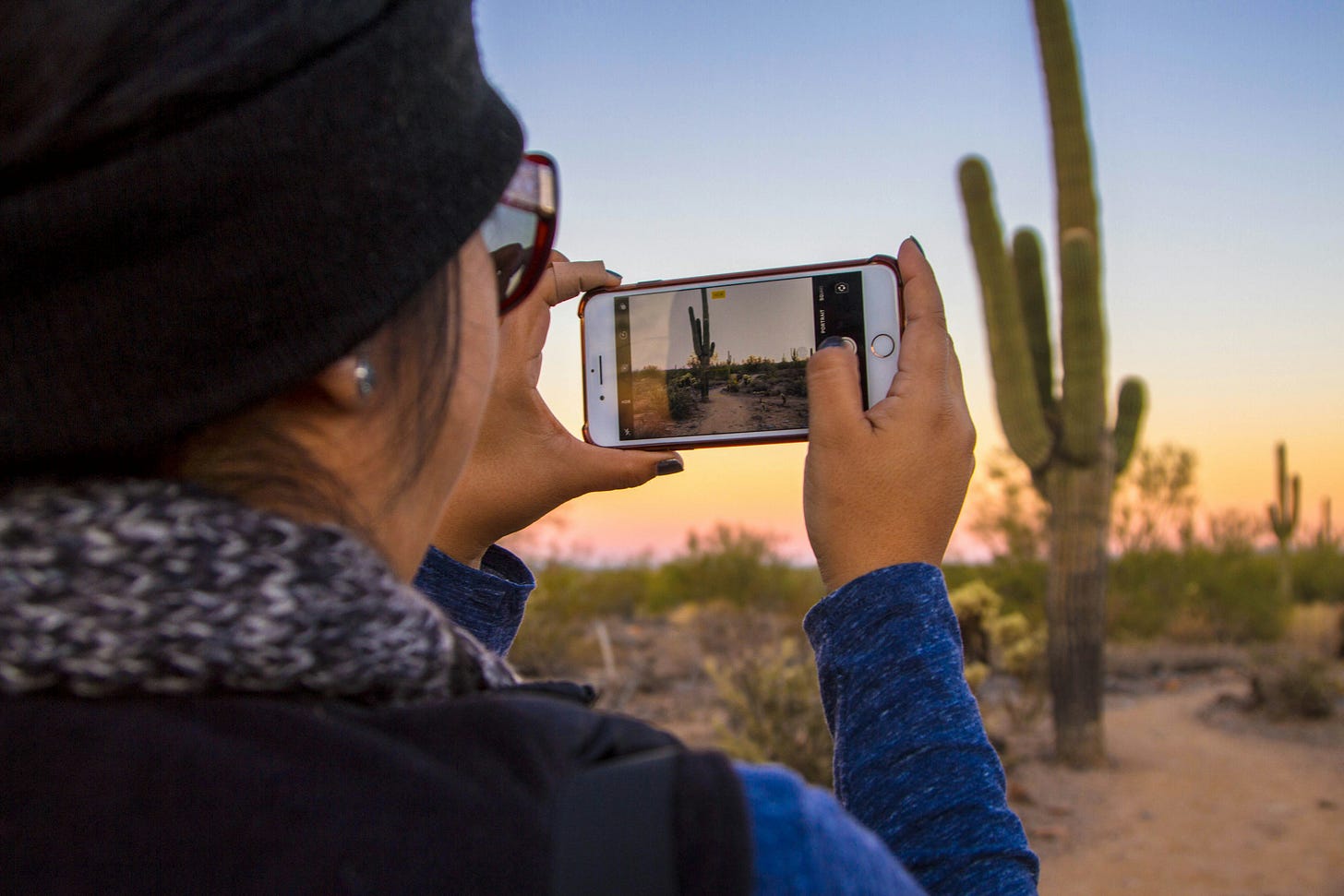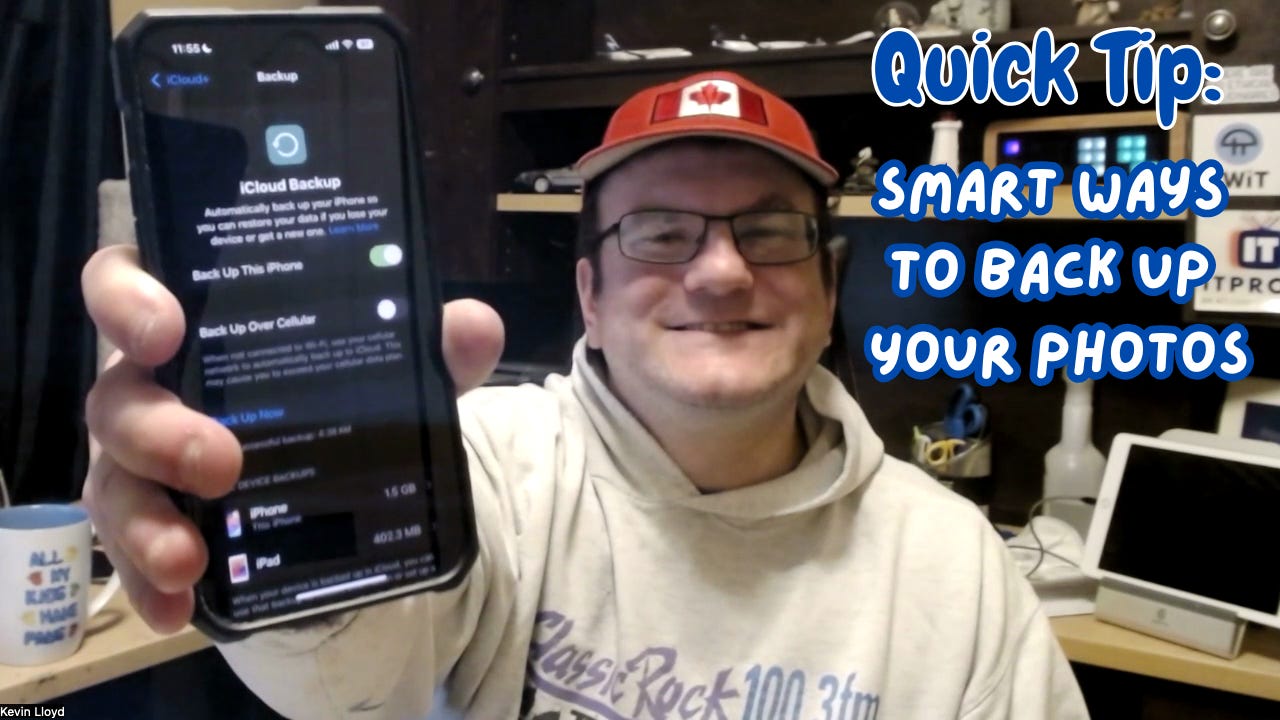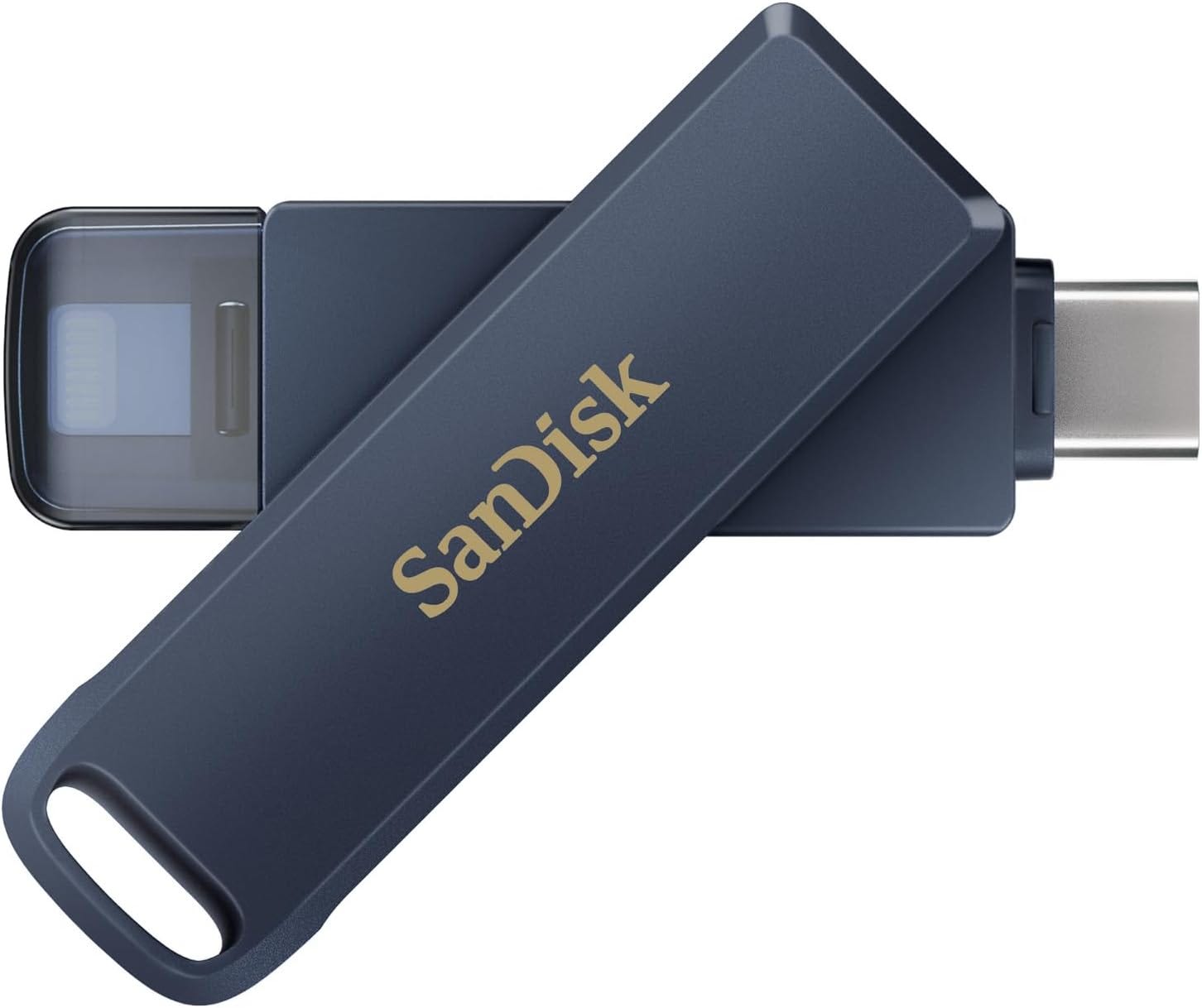Quick Tip: The Smart Ways to Back Up Your Photos
Losing photos is one of the most common tech regrets, but it's also one of the easiest to prevent. Here's a simple, three-part backup strategy to keep your memories safe.
Losing your photos is one of those tech mishaps that hits hard. Whether it's a lost phone, a damaged SD card, or a failed cloud login, photos are often the first thing people regret not backing up properly. If you want to avoid that stress, there's a simple, practical strategy that can keep your memories safe, back up your photos in three places.
Here’s how to do it.

1. Keep the Original on Your Phone
Your phone is the first place your photos live, and for most people, it's also where they stay. That’s fine, as long as it’s not the only place they live. Phones get lost, stolen, and damaged all the time. So while your phone is step one, it shouldn't be your only backup.
2. Use iCloud or Another Cloud Service
Cloud storage is the easiest way to make sure your photos are saved off your device. If you're using an iPhone, iCloud is already integrated and reasonably priced for most people. Turn on iCloud Photos, and your images are automatically uploaded and synced across devices. Alternatives like Google Photos, Amazon Photos, or OneDrive work just as well. Just pick one and make sure it’s active.
3. Add a Physical Backup With an External Drive
The third piece of the puzzle is a physical copy to a device, something you control directly. An SD card gives you more storage, but it should never be used for backup purposes.
They’re still a bit pricey, but you can buy a USB-C external drive (NOT a thumbdrive), or buy a USB-C adapter for a typically cheaper regular USB 3.0 external drive, preferably an SSD if you can afford it. In my view, thumbdrives can fail suddenly and without warning. SSDs are more reliable. You can also buy adapters.
This doesn’t replace your cloud backup, nor should it, but it adds an extra layer of protection. If you ever lose access to your phone or cloud account, you’ll still have a local copy you can pull from.
Final Thoughts
The goal here isn’t to overcomplicate things. You need three versions of your photos: one on your phone, one in the cloud, and one saved on a separate device or storage medium. It doesn’t take long to set up, and it could save you a lot of heartache later.
Please Support My Work
I can’t do this work without your support. Please consider becoming a paid subscriber.




